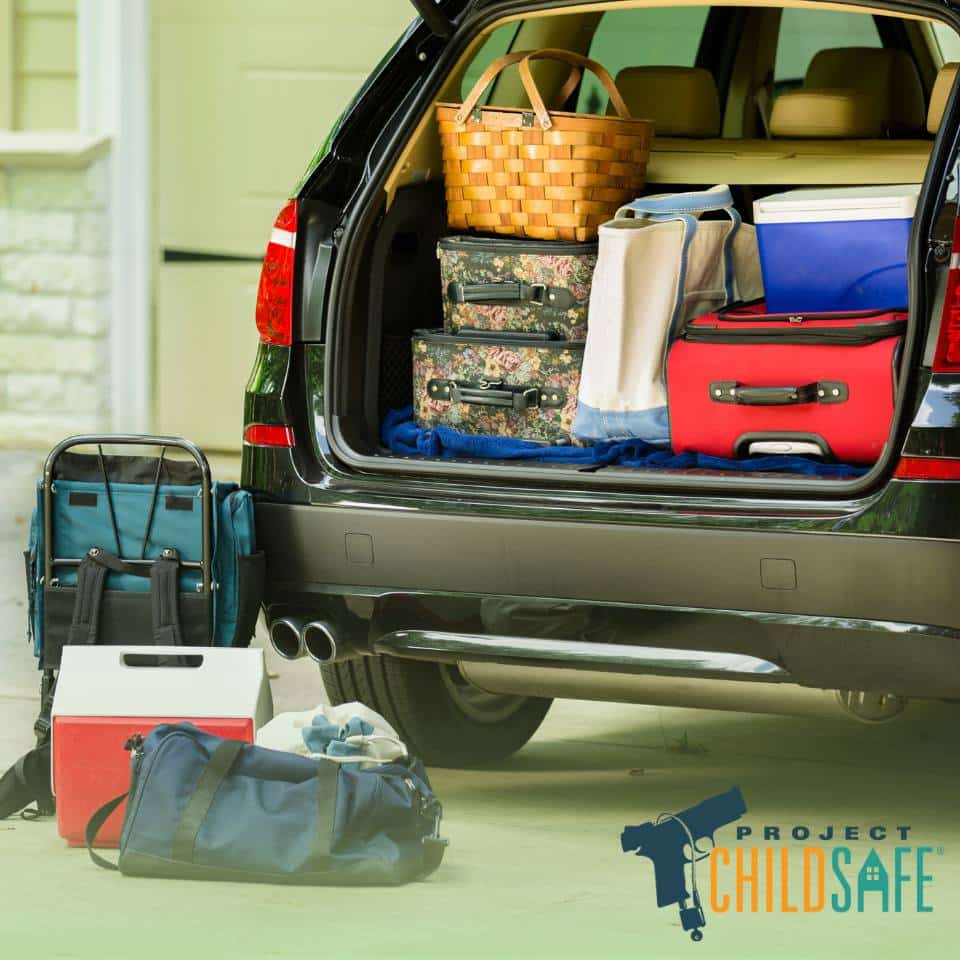When moving across the country or driving long distances, gun owners have a responsibility to be safe at all times. They should always consider the status of their firearms and local laws where they’re traveling to and through unfamiliar states. Courtney Nicolson, a veteran producer, hunter and competitive shooter, carefully and deliberately runs through the measures that every firearm owner can achieve and offers tips to establish clear intent while traveling with firearms.
In a vehicle, a gun’s status (or measure of deployability) and breakdown is a declaration of the owner’s intent. In order to offer the safest and clearest impression to law enforcement for example, any firearm should be disassembled and distanced from ammunition.
Location, location, location. Posturing long guns and pistols in the trunk-area of the vehicle with ammunition at the front not only showcases (particularly in a search) that there are guns in the vehicle, but also demonstrates that both items are not within reach at the same time.
The more deliberate the plan, the easier that it is to remain accountable. Traveling with firearms is an involved process composed of storage options, safety equipment, security equipment and logged gun information. Consider the breadth of these measures well before you begin your journey. ~IBR

For the remainder of these great tips, view the original post here. Be sure to familiarize yourself with the NSSF’s important program, Project ChildSafe.
The Women's Outdoor News, aka The WON, features news, reviews and stories about women who are shooting, hunting, fishing and actively engaging in outdoor adventure. This publication is for women, by women. View all posts by The WON